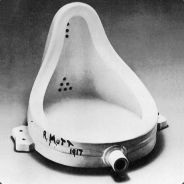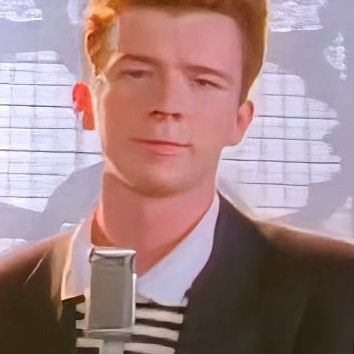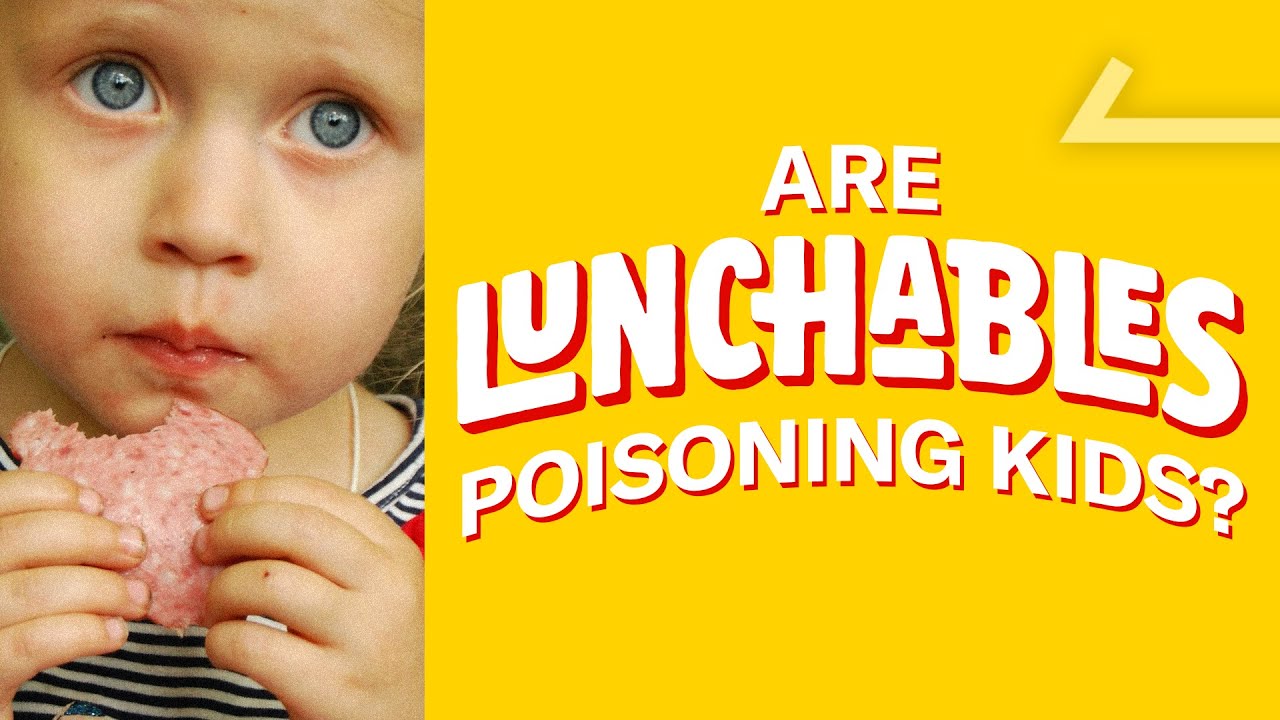--we have a bunch of leftover, low quality, ultraprocessed "food"
--i know! let's feed it to kids!
--turns the leftover, low quality, ultraprocessed "food" is also full of lead and phthalates
--i know! lets feed it to even more kids!
i was just reading an article that covers this exact topic. the most memorable part was when the inventor of the lunchable mentions that his grandkids have never had one because the parents try to keep to organic, whole foods.
The Extraordinary Science of Addictive Junk Food
seems like maybe nyt found a way to screw archive, but there's the first couple of paragraphs.
if you pop back a couple of archive points to April 15th 2024, you can read the entire article.
it is completely insane, thank you.
EDIT: a lot of quotables in here, but this one stood out for me...
One of the other executives I spoke with at length was Jeffrey Dunn, who, in 2001, at age 44, was directing more than half of Coca-Cola’s $20 billion in annual sales as president and chief operating officer in both North and South America. In an effort to control as much market share as possible, Coke extended its aggressive marketing to especially poor or vulnerable areas of the U.S., like New Orleans — where people were drinking twice as much Coke as the national average — or Rome, Ga., where the per capita intake was nearly three Cokes a day. In Coke’s headquarters in Atlanta, the biggest consumers were referred to as “heavy users.” “The other model we use was called ‘drinks and drinkers,’ ” Dunn said. “How many drinkers do I have? And how many drinks do they drink? If you lost one of those heavy users, if somebody just decided to stop drinking Coke, how many drinkers would you have to get, at low velocity, to make up for that heavy user? The answer is a lot. It’s more efficient to get my existing users to drink more.”
One of Dunn’s lieutenants, Todd Putman, who worked at Coca-Cola from 1997 to 2001, said the goal became much larger than merely beating the rival brands; Coca-Cola strove to outsell every other thing people drank, including milk and water. The marketing division’s efforts boiled down to one question, Putman said: “How can we drive more ounces into more bodies more often?”
In his capacity, Dunn was making frequent trips to Brazil, where the company had recently begun a push to increase consumption of Coke among the many Brazilians living in favelas. The company’s strategy was to repackage Coke into smaller, more affordable 6.7-ounce bottles, just 20 cents each. Coke was not alone in seeing Brazil as a potential boon; Nestlé began deploying battalions of women to travel poor neighborhoods, hawking American-style processed foods door to door. But Coke was Dunn’s concern, and on one trip, as he walked through one of the impoverished areas, he had an epiphany. “A voice in my head says, ‘These people need a lot of things, but they don’t need a Coke.’ I almost threw up.”
Dunn returned to Atlanta, determined to make some changes. He didn’t want to abandon the soda business, but he did want to try to steer the company into a more healthful mode, and one of the things he pushed for was to stop marketing Coke in public schools. The independent companies that bottled Coke viewed his plans as reactionary. A director of one bottler wrote a letter to Coke’s chief executive and board asking for Dunn’s head. “He said what I had done was the worst thing he had seen in 50 years in the business,” Dunn said. “Just to placate these crazy leftist school districts who were trying to keep people from having their Coke. He said I was an embarrassment to the company, and I should be fired.” In February 2004, he was.
mmmm, phthalates. just like my mom used to make. yim yum.
I found a YouTube link in your post. Here are links to the same video on alternative frontends that protect your privacy:



